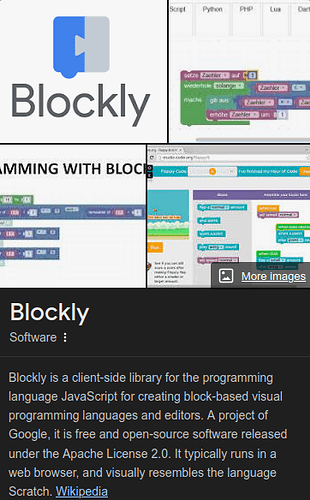I agree 100% with @nwmclean's statement:
But just to elaborate a bit more, there can be many different reasons to use Node-RED instead of Rule Machine.
For me these are the 2 main ones:
1) Readability/maintainability
Theses concepts are interconnected, but just to illustrate it:
You don't need to have a super high IQ to understand what this flow does. Exclamation mark is a symbol of negation on most programming languages.
- At sunrise time, from April to August, if I'm not traveling, shades 4, 5 and 6 will move to shade mode (they also have a semi-blind mode).
If I want to change the months, I double click the BigTimer node (the first one), select the months I want, change the label of the node (to keep it readable), click Done and then save/deploy. That is it. In 15 seconds or less I could make this change.
What about getting it to execute even when I'm traveling? click in the !Traveling node, delete it, connect directly the output of the first node to the input of the shade node. Save/deploy. Done. Less than 10 seconds.
Important: Like with programming languages, there can be almost infinite ways to reach the same result. You can create the same automation shown above in a way that it is completely unreadable, resulting in the need to open every node in it to understand what it is doing.
Having said that, readability is much more easily achievable in NR than in RM, in my opinion.
2) Node-RED ecosystem
Node-RED is open source, with lots of people contributing with improvements and fixes, it is also widely used, even beyond home automation. This results in a very stable/reliable tool.
Apart from the core Node-RED and default set of nodes, anyone can create nodes and make them public.
This opens up a lot more possibilities of automations. For instance, recently I started using node-red-node-google to connect NR to my calendar and run some automations when some specific calendar events are triggered. How would I do that in RM? I have no idea.
The downside to me was the beginning, the learning curve is a bit steep, but once you understand the tool, it is amazing.
![]()



